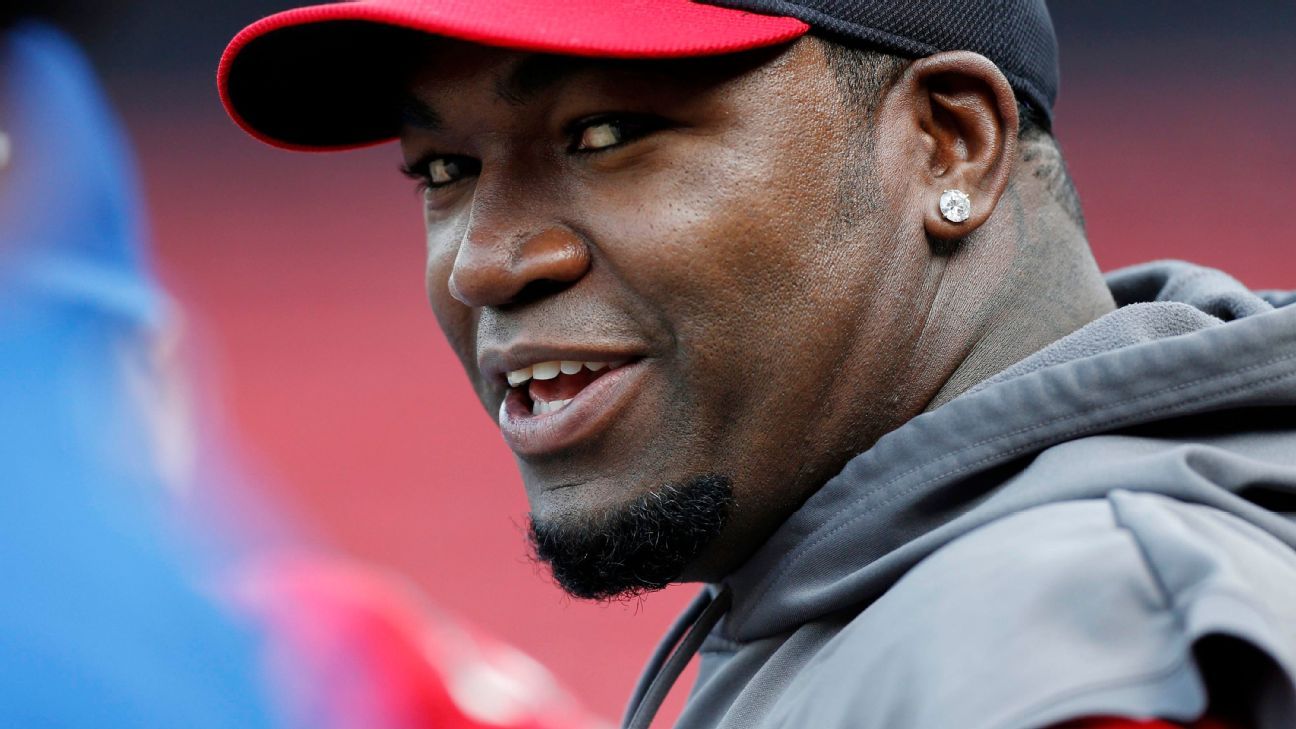At its conception, the Baseball Hall of Fame was meant to be a shrine to former players and their achievements. But over time, the Hall’s election process has become one sport’s most reliable sources of vitriol, with the tabulation and dissection of individual ballots dragging on for almost two months, an often-angry debate further stoked by social media.
The results of this year’s election won’t be announced until Jan. 25, but because of the weekslong voting phlebotomy, we already pretty much know that Barry Bonds and Roger Clemens will not gain induction into the Hall of Fame in this, their 10th and final year of eligibility on the writers’ ballots. We already pretty much know that Curt Schilling, who was only 16 votes short of election last year, will get fewer votes this time around. David Ortiz may be the only player on this year’s ballot to gain election, although longtime third baseman Scott Rolen is also polling well.
It’s possible that this gradual bloodletting has drained some of the joy out of what is supposed to be a celebration.
Josh Rawitch is in his first year as president of the Hall of Fame, and in a conversation Wednesday, he acknowledged the ongoing questions about whether there could be a better voting process. He said he promised himself that he would go through the cycle for a year before he assesses it.
No other Hall of Fame voting in professional sports sparks a volume of debate equal to that in baseball. Beyond discussions about the performance merits of individual players, the loud argument over whether players linked to steroids should be inducted has persisted for the better part of two decades. But the annual discussion plays out in a way that no one could’ve anticipated because of the work of one fan.
Ryan Thibodaux began tabulating ballots in 2014 because, as he wrote in an answer to a direct message, he wanted to assess Houston first baseman Jeff Bagwell’s chances of being elected into the Hall of Fame. Thibodaux grew up an Astros fan. “When he did relatively poorly in his first couple of years on the ballot, I wanted to better understand why,” Thibodaux wrote. “I started following the work of the people who were collecting ballots at that time, and I eventually decided that I could add something to the effort.” As in: a spreadsheet with more data and bells and whistles.
Because of the way the Hall of Fame process works, Thibodaux has a lot of information to analyze. The Hall typically issues its ballot at the end of November, and in keeping with the longstanding culture around the baseball voting, some writers release their ballots almost immediately — in the past, in newspaper columns, and these days, on social media.
Thibodaux carefully collects and analyzes the results, with some voters sending their ballots to him directly for collation and release.
As of this writing, Thibodaux has accounted for a little more than a third of the ballots. Players must be named on 75% of the ballots to be elected, and Ortiz, Bonds and Clemens are all polling above that number.
But because of Thibodaux’s thorough work, because of how he compares each ballot against that voter’s history, it’s apparent that Bonds and Clemens won’t get near enough votes. It would be more than a Dewey defeats Truman shocker if either player is elected later this month; it would be more like Kanye West winning the presidency.
Last year, Bonds was named on 248 of 401 ballots, 61.8%. That was 53 votes short of election. As Thibodaux has noted in his analysis of the votes made public so far this year, Bonds had added only two additional ballots among those returning voters. This is way, way less than he needs. The voting philosophy among the writers who cast ballots has hardened: Many are willing to vote for players in spite of possible links to past use of performance-enhancing drugs, but a little more than a third of the voter base has demonstrated that it will not.
Clemens polled at 61.6% last year, 54 votes shy of election, and like Bonds, his candidacy has gained only two additional ballots of support among the returning voters.
Schilling reached 71.1% last year, and historically, any candidate that close to election on the eve of his last year on the ballot has been pushed across the line with additional votes. But it seems that some writers have taken it upon themselves to grant Schilling his publicly stated desire to be removed from consideration: according to Thibodaux’s tabulation, Schilling’s vote percentage has plummeted to well under 60%, with at least 15 returning voters dropping him from their ballots.
Rawitch, like thousands of other baseball fans, is following Thibodaux’s tracking, and noting how the results are largely known before the actual announcement. “I can’t say, at the moment, whether I think that’s good or bad for the Hall,” Rawitch said.
Even Ortiz’s candidacy, which might be the only success on this year’s ballot, comes with some controversy. As some voters have acknowledged, they have wrestled with the question of how to account for the 2009 New York Times report that Ortiz tested positive in 2003, before MLB put penalties in place for PEDs. In Thibodaux’s daily accounting of ballots in past years, Bonds and Clemens have typically fared better among the first wave of ballots made public, only to see their percentages decline dramatically when the whole of the results are revealed. It remains to be seen whether the voting for Ortiz will follow the same trajectory.
After Rawitch was named president, Hall of Fame librarian Jim Gates sent Rawitch a 1939 article that detailed controversy around the voting process. No matter what anybody tells you, Gates told Rawitch, there’s always been controversy.
The question for the Hall, moving forward, is whether there might be a better way of revealing inductees.
